With the completion of Avengers: Endgame, award-winning animator Jan Philip Cramer of Digital Domain also wrapped up his work on who is arguably one of the most formidable comic book villains of all time—Thanos.
The School of Animation alum has granted the Academy of Art University team this exclusive interview to delve deeper into the work that he and his team have done for the beloved movie franchise, his favorite parts in making the project, and even some useful tips on how students can score an internship with his prestigious animation studio.
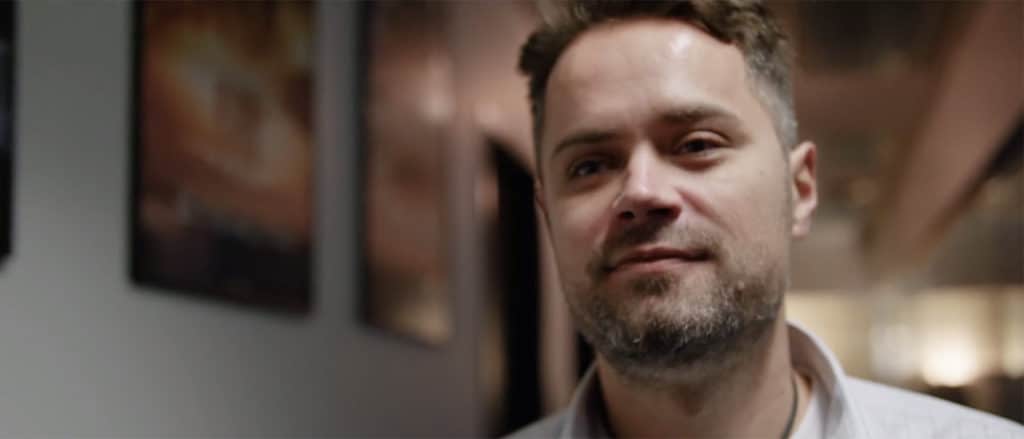
What were the primary VFX responsibilities that Digital Domain assisted with in Avengers: Endgame?
Digital Domain was responsible for about 20 minutes of Thanos’ story throughout the film, which included Nebula’s reveal and imprisonment, as well as the Vormir sequence with Red Skull. We developed Thanos’ post snap damage as well as developing the look of the Alien Soldier and his world.
How many artists were in your team for Avengers: Endgame?
Digital Domain had around 180 artists working on the film in both of our North America locations: Los Angeles and Vancouver. In animation, we had a team of 25 animators delivering close to 400 shots.
Was there a particular scene(s) that you and your team worked on that you are most proud of?
As I have now spent over three years with Thanos, the opening reveal in his Yurt was very dear to me. I have looked at Thanos’ face every day and been an integral part of his creation and of his killing. I am incredibly proud of Thanos and seeing him come full circle was a nice poetic justice.
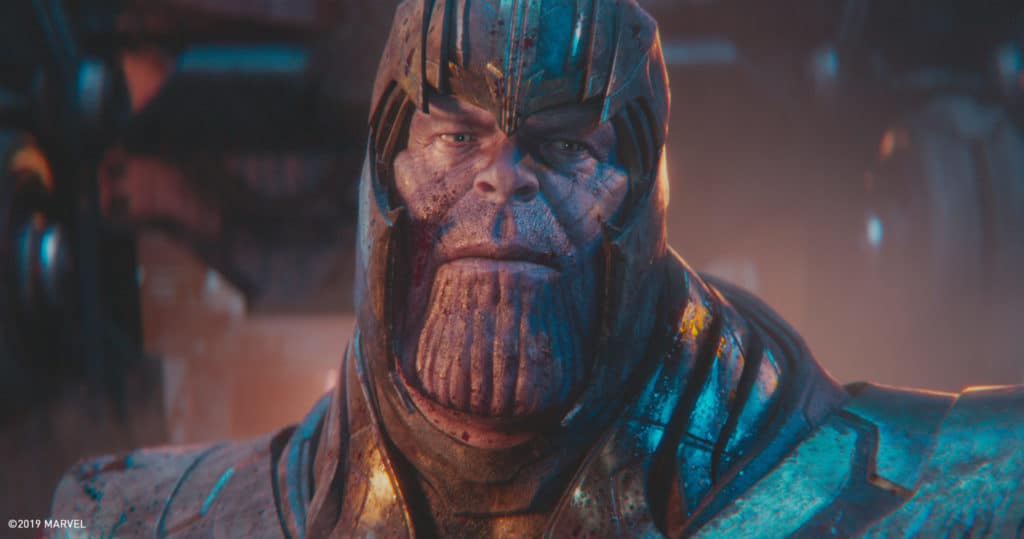
What was the most challenging part of creating Thanos?
The most challenging aspect of Thanos was his face. In motion capture, we want to show Josh Brolin’s face shine through. To achieve this, we worked each of Josh’s signature facial landmarks into Thanos’ face (such as wrinkles, dimples and imperfections). We then combined this with our facial capture system to ensure Thanos becomes a living, breathing character.
Which props (such as Thanos’ gauntlet, the armor, etc.) are real or animated? Why do we need to create real props for the film when we can just make one in the post-production?
As far as the props, all aspects of Thanos and props are digital. That said, MARVEL would provide real builds for some of the costumes and props like his gauntlet. This is very helpful for scanning and lighting references. The more these CG props are built for reference, the more it helps to ground the movie with realism.
Was it your team to decide what percentage of the actor, Josh Brolin, would go into the Thanos? If so, how did you decide?
During the design process, we worked key features of Josh into Thanos. This was done at Digital Domain together with WETA and MARVEL to ensure everyone was happy with the right amount of Josh.
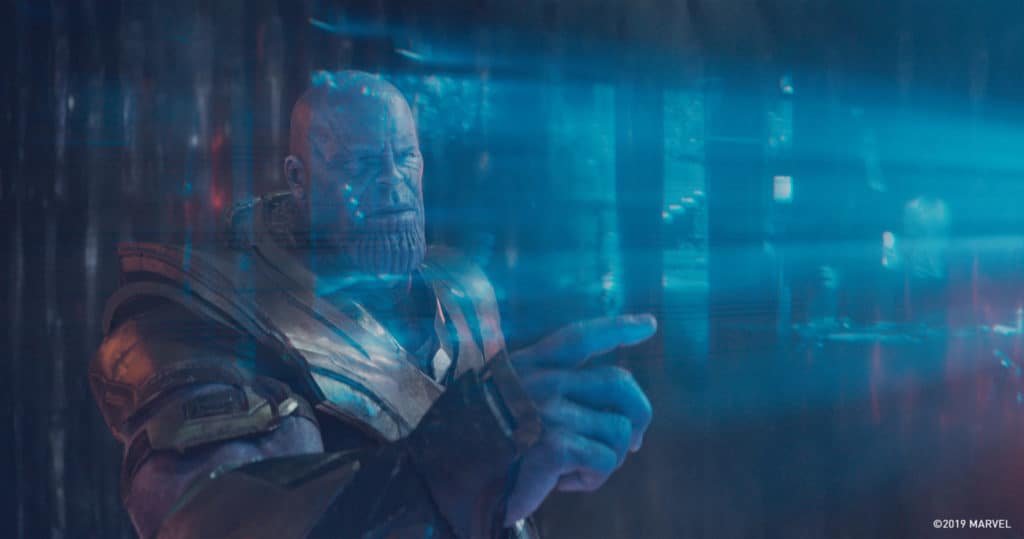
Did you transform the actor into the character while monitoring the performance?
During the motion capture, we only focused on Josh. He would be on set together with all the other live actors, but wearing a mocap suit and a helmet camera. We didn’t want anybody to get distracted by the technical side of things but had to focus as much as possible on the pure human performance. We later needed to ensure that this translated well to Thanos.
What are some of the new technologies you used for Avengers: Endgame?
We were using lots of Machine Learning at Digital Domain. We initially started this on Avengers: Infinity War but we massively refined the process during Avengers: Endgame. We used Machine Learning to better understand the actor’s face (Josh Brolin) and then to accurately translate every nuance of it over to the character (Thanos).
On Avengers: Endgame we also used Machine Learning for the Marker Tracking of the Face Cams. This reduced the time that the work used to take from days to minutes.
On the animation front, we introduced Anim Viz on Avengers: Infinity War. This is a process in animation that utilizes automated GPU rendering and Nuke Compositing. This is fully automated and enables to animators to showcase their work much closer to the final render/composite.
On Avengers: Endgame, we transformed this process into a fully integrated department in our pipeline.
As a movie fan, what was your favorite part of the movie?
My favorite part was seeing Thanos on Titan doing normal things, like washing dishes, gardening and cooking a meal. It makes him so human, which I personally loved.
On the costume front, Captain Marvel was originally wearing a completely different outfit that had to be replaced in all shots to her new Avengers: Endgame outfit. This ended up being a lot of work as she had lots of tight interaction shots with Thanos and other characters.
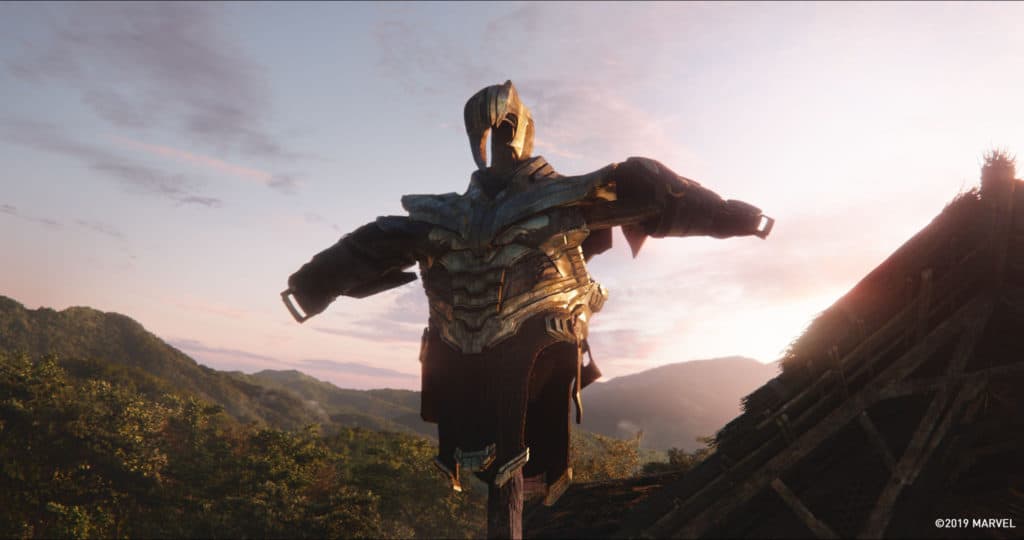
Is there any scene, character, or even costume in the final movie different from what your team and Marvel devised initially?
That is a very common situation. On Avengers: Endgame, we had entire sequences that completely changed as the story was refined. Initially, we had a completely different action sequence on Vormir that included a lot more fighting.
Many of our students are wondering how they can land an internship or job at a professional studio like Digital Domain. What are the most critical qualifications you are looking for when you are hiring an intern or full-time employee? Is a portfolio important?
To get an internship at Digital Domain, you need to have an animation/demo reel. This reel does not need to be lengthy but rather focus on your best work. I normally advise students to focus on short animation tests that showcase a specific animation problem.
You might focus on dialogue, action or a simple body motion. Keep it simple and short. Short films are a great medium to showcase your skill, but in most cases don’t help get into a VFX studio.
I myself did a short film while at Academy of Art. It helped me grow as an artist and animator but did not help me land my first job. I owe my first job to the short animation clips I did in Pixar Classes as well as the Advanced Animation Classes.
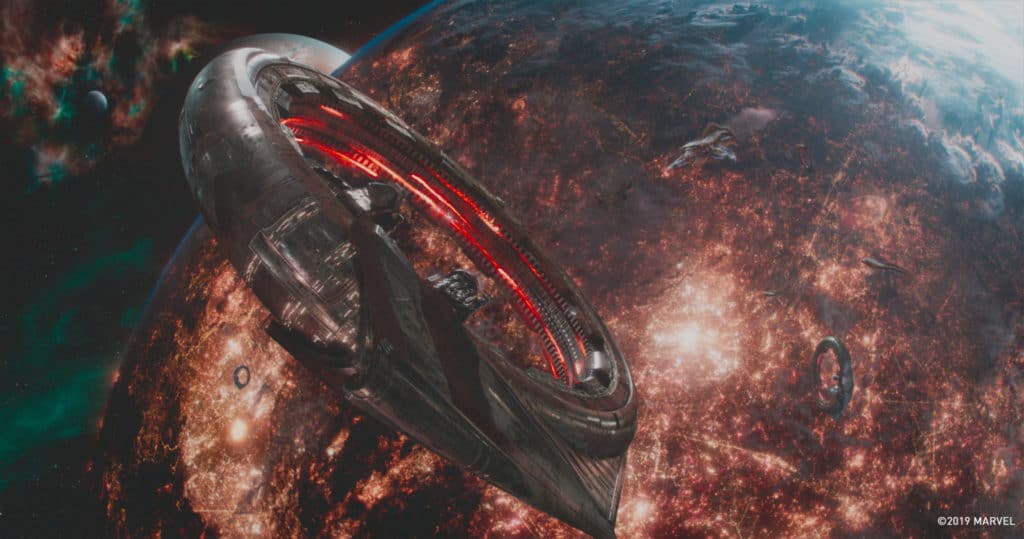
What are the things that you have acquired at or through the Academy that are valuable to your career even until today?
The Academy taught me to be an artist as well as an animator. I am constantly using all of the knowledge gained during my education, not just the animation specific parts.
As an Animation Director, you have to design shots and have a broader understanding of art outside of your specific field. I am very thankful for having this broader focus.
In addition, Victor Huang—my Advanced Animation 1 teacher—really pushed me to new heights. I learned so much about animation from him and later had the opportunity to work alongside him on James Cameron’s Avatar.
Any interesting facts or behind the scenes stories about the Avengers that not many people know about?
On Avengers: Infinity War, I had the unique opportunity to make a little short film prior to the first day of shooting. This was part of our character development time and I edited a little sizzle piece about Thanos using scrap mocap footage of Josh Brolin.
It turned out to be one of the most unique moments in my career, as it became the character-defining clip. It was shown to Kevin Feige and Josh Brolin on the first day of the shoot and Josh wanted to see it every day to get into character. MARVEL actually released it with the DVD and it is called the (PHIL)ospher Cut.
The Avengers: Endgame DVD comes out on August 13, 2019.
Avengers: Endgame images courtesy of Marvel
Academy of Art University